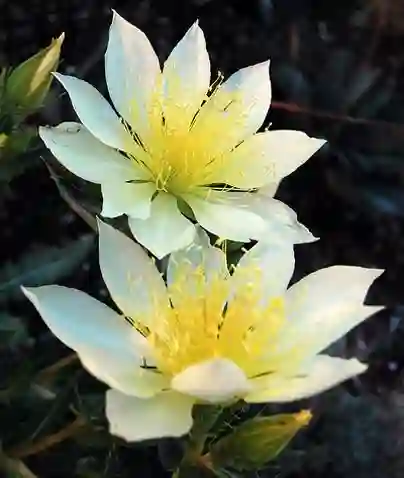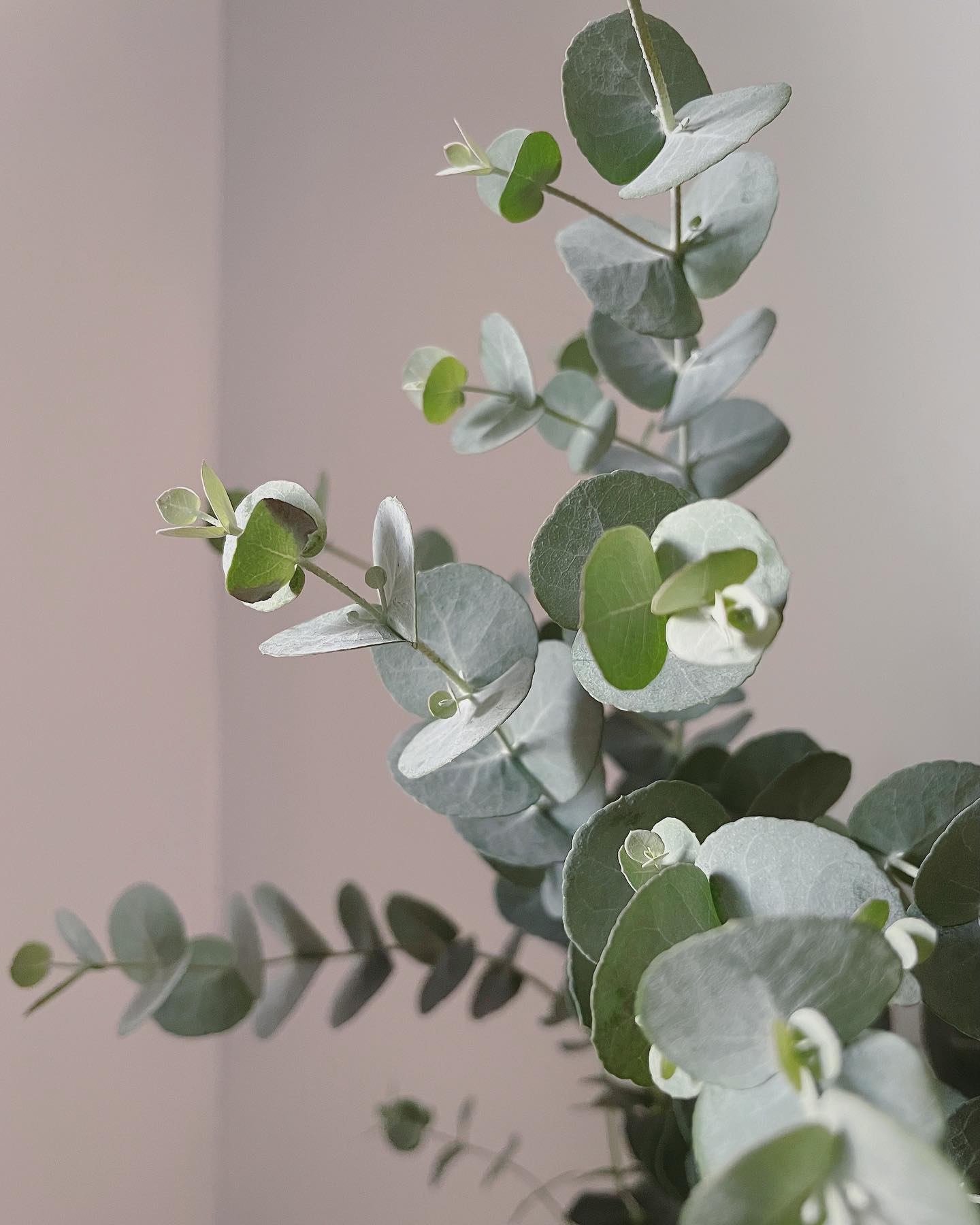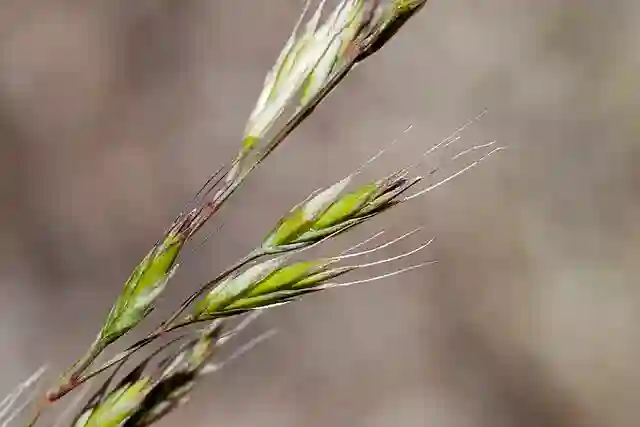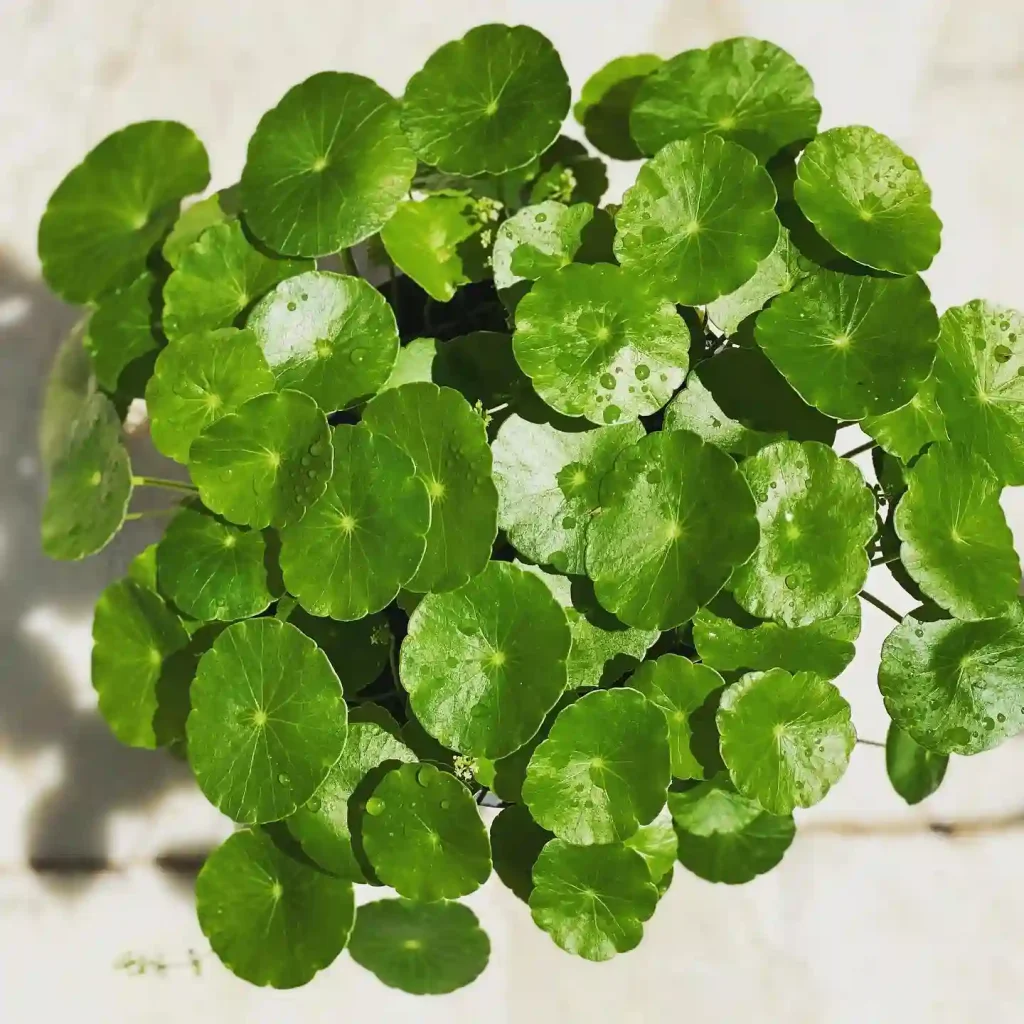FAQs About Causonis Japonica
As a plant enthusiast, I often find myself drawn to unique species that can elevate any garden or indoor space. One such plant that has caught my attention is Causonis Japonica, often admired for its stunning foliage and adaptability. In this article, I’ll answer some frequently asked questions about Causonis Japonica to help you understand its care, propagation, and more.
3 Species in Genus Fatsia
What Is Causonis Japonica?
Causonis Japonica, formerly known as Fatsia Japonica, is a tropical evergreen shrub native to East Asia. Its large, glossy leaves can grow up to 12 inches wide, making it a striking addition to any garden. This plant thrives in various environments, including shady spots and areas with indirect sunlight, which is one reason it’s so popular.
How to Care for Causonis Japonica?
Caring for Causonis Japonica is relatively straightforward, making it an excellent choice for both novice and experienced gardeners. Here are some key points to keep in mind:
Light Requirements
Causonis Japonica prefers partial to full shade. Direct sunlight can scorch its leaves, so it’s best to place it in a spot that receives filtered light.
Watering
This plant likes consistent moisture but doesn’t tolerate standing water. I recommend watering it when the top inch of soil feels dry. Ensure proper drainage to prevent root rot.
Soil Type
Causonis Japonica thrives in rich, well-draining soil. A mix of potting soil and compost works wonders, allowing for both nutrition and drainage.
Fertilization
During the growing season (spring and summer), I fertilize my Causonis Japonica every month with a balanced, water-soluble fertilizer. This helps promote healthy growth and vibrant foliage.
Pruning
Pruning is beneficial for maintaining the shape and health of the plant. I usually prune it in late winter or early spring, removing any dead or damaged leaves.
How to Propagate Causonis Japonica?
Propagation of Causonis Japonica is relatively easy and can be done through cuttings or division.
Stem Cuttings
- Take a healthy stem cutting, around 4-6 inches long, just below a node.
- Remove the lower leaves, leaving a couple at the top.
- Dip the cut end in rooting hormone (optional).
- Plant it in a pot filled with moist potting mix.
- Cover the pot with plastic to maintain humidity until roots develop.
Division
Dividing mature plants is another effective way to propagate. In early spring, dig up the plant, separate the root ball into smaller sections, and replant them in their new locations.
What to Plant With Causonis Japonica?
When choosing companion plants, consider those that thrive in similar conditions. I’ve had success planting Causonis Japonica alongside ferns, hostas, and other shade-loving perennials. These plants not only complement its appearance but also create a lush, green environment.
Is Causonis Japonica Toxic?
One common concern is whether Causonis Japonica is toxic to pets or humans. Good news—this plant is non-toxic, making it a safe choice for households with curious pets or children.
Benefits of Causonis Japonica
Causonis Japonica offers several benefits:
- Aesthetic Appeal: Its large, dramatic leaves add a tropical vibe to gardens or interiors.
- Air Purification: Like many houseplants, it helps purify the air by removing toxins, contributing to a healthier indoor environment.
- Adaptability: Its ability to thrive in shade makes it ideal for difficult garden areas.
Common Problems with Causonis Japonica
While Causonis Japonica is generally low-maintenance, it can face a few issues:
Pests
Watch for pests like spider mites or aphids. Regularly inspecting the plant can help catch these early. If infested, I recommend using insecticidal soap or neem oil.
Leaf Yellowing
Yellowing leaves may indicate overwatering or poor drainage. If you notice this, check the soil moisture and ensure the pot has adequate drainage holes.
Compare with Similar Plants
Causonis Japonica is often confused with Hedera helix (English Ivy) due to their similar leaf shapes. However, while English Ivy prefers full sun and well-drained soil, Causonis Japonica thrives in shade and consistently moist conditions. This distinction is crucial for proper care.
Conclusion
Causonis Japonica is a remarkable plant that can bring beauty and tranquility to any space. Its care requirements are manageable, making it an ideal choice for many gardeners. Whether you’re looking to add a touch of the tropics to your home or seeking a resilient plant for your garden, Causonis Japonica may be the perfect fit.
If i die, water my plants!



